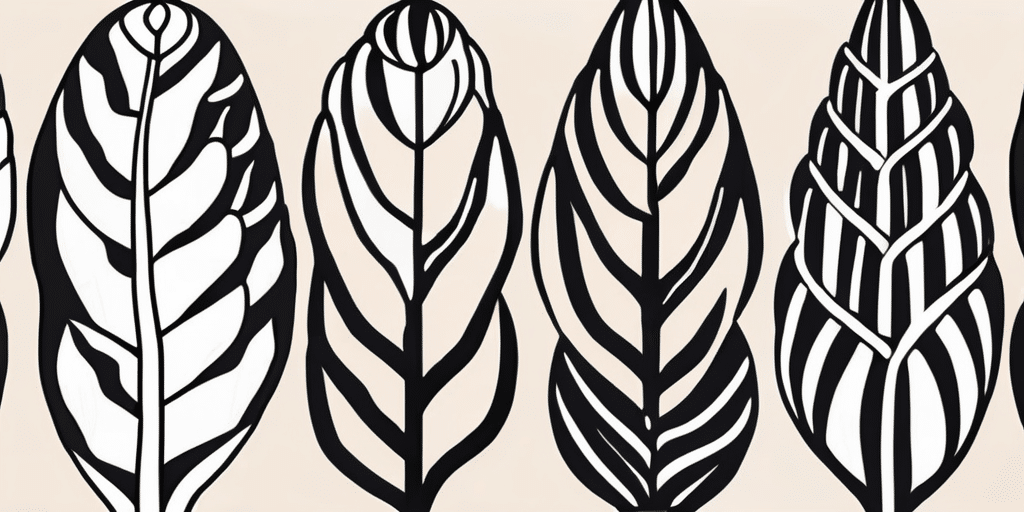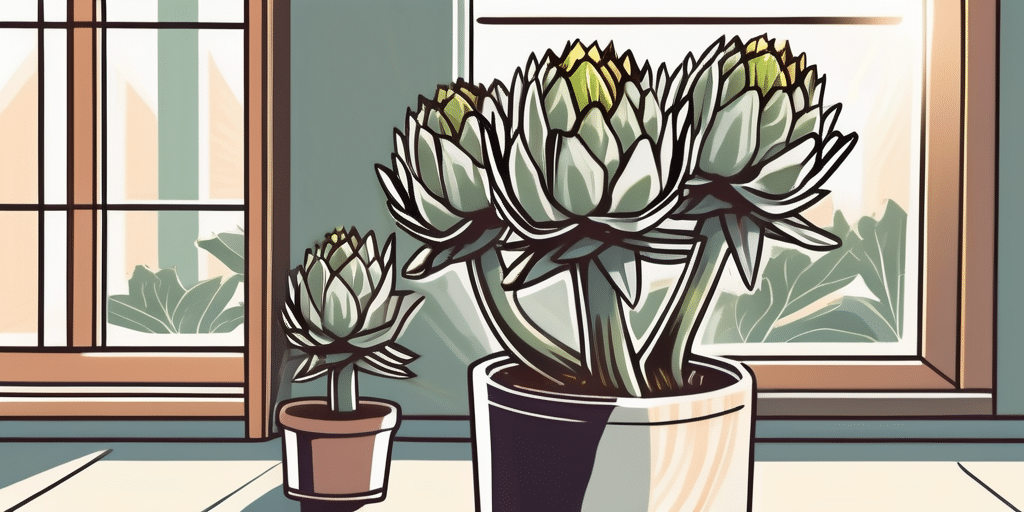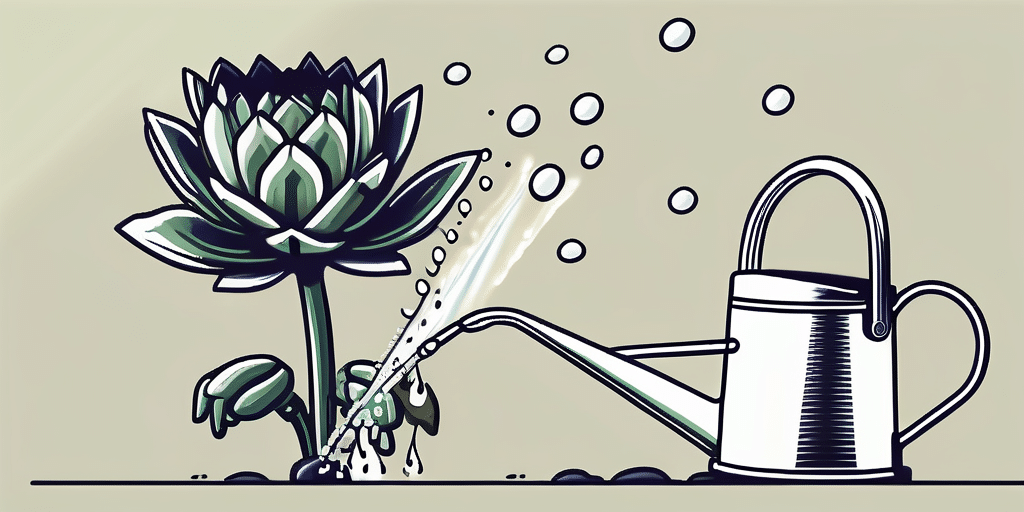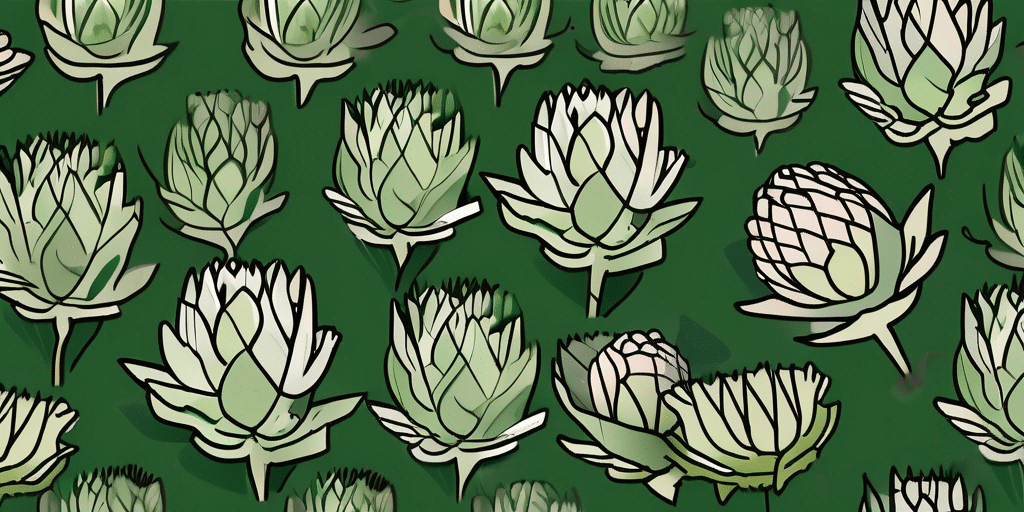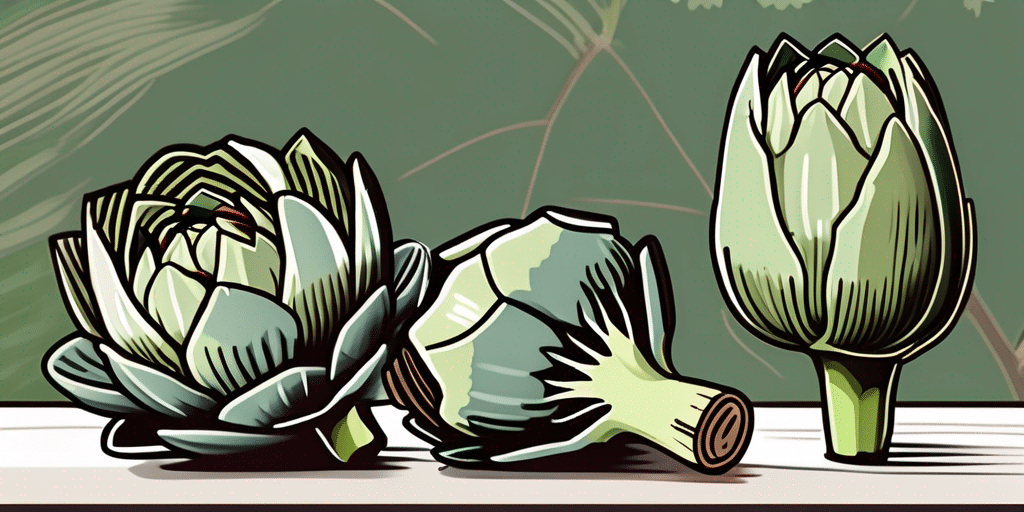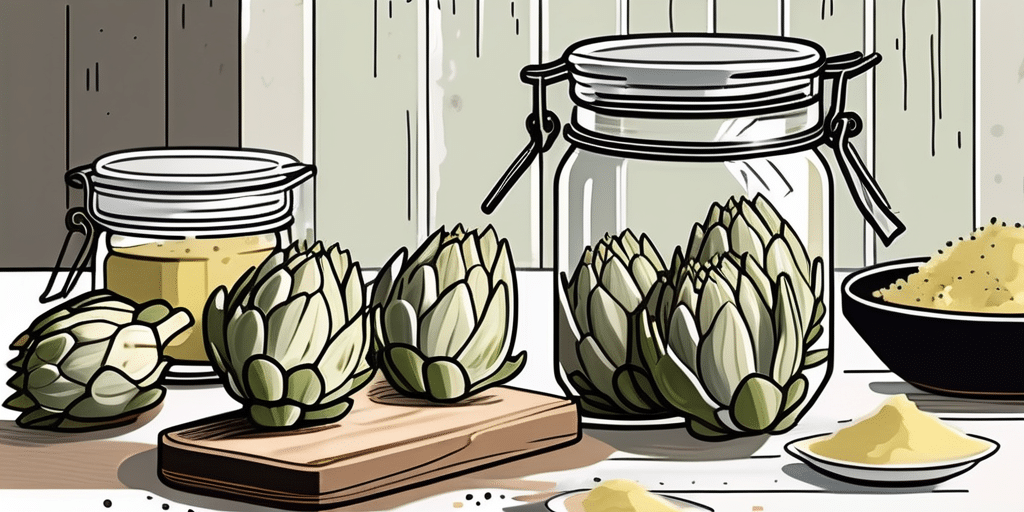Artichokes, with their unique flavor and impressive nutritional profile, are a favorite among many food enthusiasts. However, their delicate nature can make them a bit tricky to store and preserve. In this guide, we’ll explore the best practices for keeping your artichokes fresh and delicious for as long as possible.
Understanding Artichokes
Before we delve into the specifics of artichoke storage, it’s important to understand a bit more about this unique vegetable. Artichokes are actually the bud of a plant from the thistle family and are packed with antioxidants, fiber, and a host of other nutrients.
They have a relatively short season, typically peaking in spring and again in fall. This means that fresh artichokes can be somewhat of a delicacy, available only for a limited time each year. Therefore, knowing how to properly store and preserve them can be incredibly beneficial.
The Anatomy of an Artichoke
The artichoke is composed of several parts, each with its own characteristics and considerations when it comes to storage. The heart is the soft, flavorful center of the artichoke, and is often considered the best part. Surrounding the heart are the leaves, which can also be eaten once the fibrous outer layer is removed.
The stem, while often discarded, can also be consumed. It has a similar flavor to the heart, but requires more preparation to become tender enough to eat. Understanding these parts can help you determine the best way to store your artichokes, depending on how you plan to use them.
Storing Fresh Artichokes
When it comes to storing fresh artichokes, there are a few key factors to consider. The first is temperature. According to the USDA, artichokes should be stored at a temperature of 32 degrees Fahrenheit (0 degrees Celsius) to maintain their quality.
Humidity is another important factor. Artichokes require a high humidity level, around 95%, to prevent them from drying out. This can be achieved by storing them in a plastic bag in the refrigerator.
Steps to Store Fresh Artichokes
- Choose fresh artichokes. Look for ones with tight, compact leaves and a vibrant green color.
- Do not wash the artichokes before storing. This can introduce moisture, which can lead to mold growth.
- Place the artichokes in a plastic bag, but do not seal it completely. This allows for some air circulation, which can help prevent the growth of mold.
- Store the bag in the crisper drawer of your refrigerator. This area is designed to maintain a high level of humidity, which is ideal for artichokes.
- Use the artichokes within one week for the best quality. While they can last longer, their flavor and texture will begin to deteriorate after this point.
Preserving Artichokes
If you have an abundance of artichokes or simply want to enjoy them outside of their typical growing season, preserving them can be a great option. There are several methods of preservation to choose from, each with its own benefits and considerations.
It’s important to note that, regardless of the method you choose, you should always start with fresh, high-quality artichokes. This will ensure that the preserved product retains as much of the original flavor and texture as possible.
Canning Artichokes
Canning is a popular method of preserving many types of fruits and vegetables, and artichokes are no exception. This process involves placing the artichokes in jars, covering them with a brine or other liquid, and then processing them in a hot water bath or pressure canner to kill any bacteria and create a vacuum seal.
According to the National Center for Home Food Preservation, canned artichokes should be stored in a cool, dark place and can last for up to one year.
Freezing Artichokes
Freezing is another effective method for preserving artichokes. This process involves blanching the artichokes first to halt the enzyme activity that can lead to loss of flavor and color. After blanching, the artichokes can be cooled, drained, and placed in freezer-safe containers or bags.
The USDA Food Safety and Inspection Service states that properly frozen vegetables, including artichokes, can be stored in the freezer for 8 to 12 months.
Pickling Artichokes
Pickling is a preservation method that involves soaking the artichokes in a vinegar-based brine. This not only extends their shelf life, but also imparts a tangy flavor that can be a delicious addition to salads, sandwiches, and other dishes.
According to the USDA Food Safety and Inspection Service, pickled vegetables can be stored in the refrigerator for up to one year.
Conclusion
Artichokes are a versatile and nutritious vegetable that can be enjoyed in a variety of ways. By understanding how to properly store and preserve them, you can extend their shelf life and enjoy their unique flavor all year round.
Whether you choose to store your artichokes in the refrigerator, can them for long-term storage, freeze them for future use, or pickle them for a tangy treat, you’ll be well-equipped to make the most of this delightful vegetable.
Keep Your Artichokes and Garden Thriving
Now that you’re an expert at storing and preserving artichokes, why not take your gardening skills to the next level? Subscribe for free to How to Grow Everything and learn how to build the garden of your dreams. Receive personalized gardening advice tailored to your grow zone and experience level. Enjoy the best gardening tips, special offers, and insights delivered straight to your inbox—100% free, from our family to yours. Start cultivating your garden expertise today!

